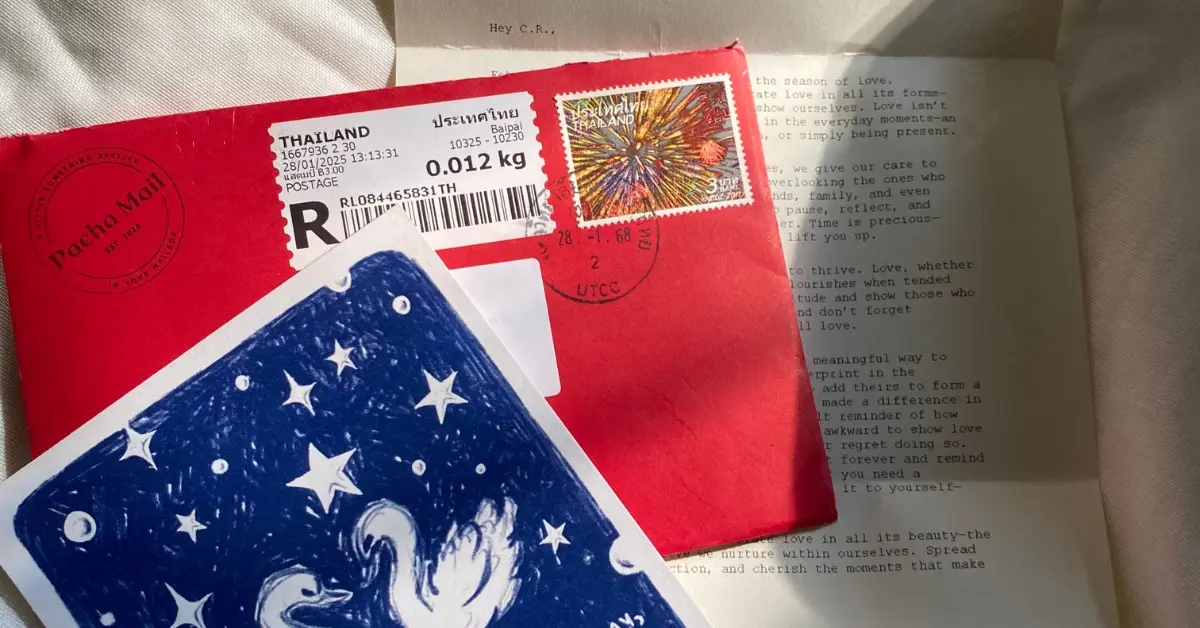Introduction
In today's fast-paced digital world, where messages are often reduced to brief texts and emojis, the art of heartfelt communication can feel lost. Amidst this, the poem letter emerges as a beautiful blend of poetry and personal correspondence, offering a tangible and emotional connection between individuals.
A poem letter is more than just words on paper; it's an intimate expression, a bridge between souls, and a testament to the enduring power of written sentiments. Whether you're seeking to rekindle the joy of receiving mail, express emotions that words alone can't capture, or simply explore a new creative outlet, poem letters offer a unique and meaningful experience.
Discover our inspiration and journey in bringing poem letters to life.
In this article, we'll delve into the essence of poem letters, their historical roots, the emotional depth they offer, and how you can craft your own.
Table of Contents
- Understanding Poem Letters
- Historical Roots of Poem Letters
- The Emotional Resonance of Poem Letters
- Crafting Your Own Poem Letter
- Poem Letters in the Modern World
- Incorporating Poem Letters into Daily Life
- Conclusion
Understanding Poem Letters
A poem letter, also known as an epistolary poem, is a piece of poetry written in the form of a letter. It combines the personal touch of a letter with the expressive depth of poetry. This format allows writers to convey emotions, stories, and reflections in a structured yet intimate manner. Historically known as epistolary poems, these have been used for centuries as a form of intimate expression. Learn more from the Poetry Foundation.
Unlike traditional letters, poem letters often employ poetic devices such as rhyme, meter, and imagery to enhance the message's emotional impact. They can be addressed to anyone—a loved one, a friend, oneself, or even abstract concepts like time or nature.
Historical Roots of Poem Letters
The tradition of blending poetry with letters dates back centuries. Ancient poets like Ovid utilized the epistolary form in works such as "Heroides," where mythological heroines penned letters to their absent lovers. Before texting, handwritten letters were the primary form of communication—and they carried emotion with every stroke. The Smithsonian Magazine explores this lost art beautifully.
In the 18th and 19th centuries, poets like Alexander Pope and Elizabeth Barrett Browning further popularized this format, using it to explore personal and societal themes. The epistolary poem became a medium to express love, critique politics, and delve into introspection. The National Postal Museum offers a fascinating overview of how letter writing evolved over centuries.
The Emotional Resonance of Poem Letters
Poem letters offer a unique avenue for emotional expression. The act of writing allows for introspection, while the poetic structure provides a framework to articulate complex feelings.
Receiving a poem letter can be a deeply moving experience. It signifies time, effort, and thoughtfulness, making the recipient feel valued and understood. In a world where communication is often rushed, a poem letter stands out as a heartfelt gesture. In fact, meaningful communication like this is shown to deepen relationships and well-being, according to Psychology Today.
Crafting Your Own Poem Letter
Creating a poem letter involves several steps:
Choose Your Recipient:
Decide who you're writing to—this could be a person, a part of yourself, or even an abstract idea.
Reflect on Your Message:
Consider what you want to convey. Is it love, gratitude, apology, or reflection?
Select a Poetic Structure:
While free verse offers flexibility, traditional forms like sonnets or haikus can provide structure.
Write with Authenticity:
Let your emotions guide your words. Use imagery and metaphors to enrich your message.
Revise and Edit:
Review your poem for clarity, rhythm, and emotional impact.
Present Thoughtfully:
Consider handwriting your poem on quality paper or adding personal touches like illustrations or pressed flowers.
Not sure what to say in your letter? Our guide on How to Write a Letter to a Friend offers prompts and tips to get started.
Poem Letters in the Modern World
Despite the digital age, poem letters have found a place in contemporary culture. Platforms like Pacha.mail offer monthly poem letter subscriptions, delivering curated poetic messages to subscribers' mailboxes.
These services cater to individuals seeking meaningful connections, offering a blend of surprise, nostalgia, and emotional depth.
If you want to experience the joy of receiving one yourself, explore our Monthly Poem Letter Subscription Plans and bring that feeling to your mailbox.
Incorporating Poem Letters into Daily Life
Here are some ways to integrate poem letters into your routine:
-
Monthly Reflections: Write a poem letter to yourself each month, capturing your thoughts and growth.
-
Special Occasions: Send poem letters for birthdays, anniversaries, or milestones.
-
Random Acts of Kindness: Surprise friends or family with unexpected poem letters to brighten their day.
-
Creative Expression: Use poem letters as a medium to explore and process emotions.
Conclusion
Poem letters bridge the gap between the heart and the page, offering a timeless method to express, connect, and reflect. In embracing this art form, we not only honor the traditions of the past but also enrich our present with deeper, more meaningful communication.
Want letter-writing tips and inspiration? Subscribe to our mailing list for monthly updates.
Whether you're penning a note to a loved one or subscribing to services like Pacha.mail, poem letters serve as a reminder of the beauty and power of words.
